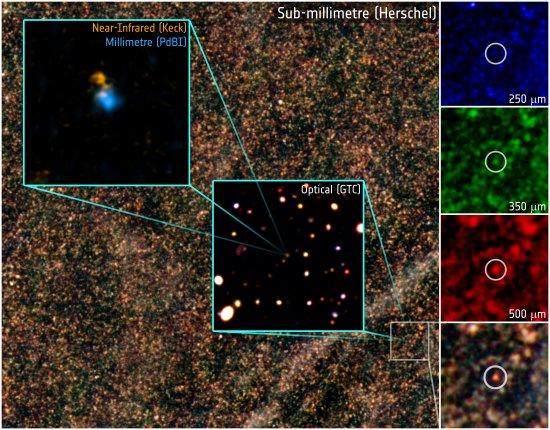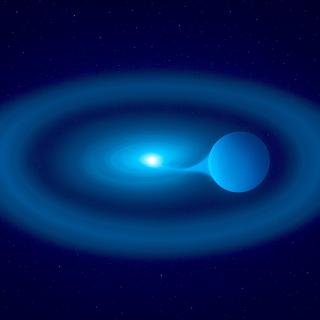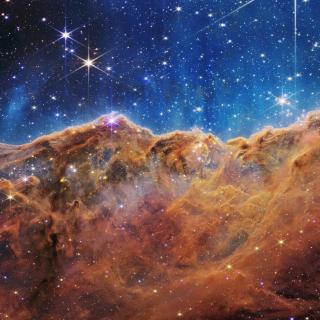A study, with the participation of the IAC, has detected the most distant known galaxy with explosive star formation that began its production when the Universe was very young.
While the Milky Way creates one star a year, this galaxy produces around 3000 stars in the same period.
This find challenges theories explaining the formation and evolution of galaxies, which claim that a galaxy of such characteristics could not exist so early in the life of the Universe.
The Milky Way is capable of forming approximately one star per year. The new galaxy identified in this study, in which the Instituto de Astrofísica de Canarias (IAC) has collaborated, `manufactures’ around 3000 stars in the same period of time. The significance of this gigantic star factory is that it involves the most distant known galaxy with explosive star formation, which commenced its massive production of stars when the Universe was still very young, at scarcely 6.5% of its present age. The discovery sets a head-on challenge to theories explaining the formation and evolution of galaxies, according to which a galaxy of such characteristics should not exist so early on in the Universe. The study, which is supported by observations made with the Gran Telescopio Canarias (GTC), has been published in the latest issue of the journal Nature.
HFLS3 una enorme factoría de estrellas del universo primitivo
Preview and description / DOWNLOAD VIDEO (mov, 1280x720p, h264, 28 MB, 25 seconds) Credit: Gabriel Pérez Díaz, Servicio MultiMedia (IAC)
This video shows the telescopes and radio telescopes used in this study
Preview and description / DESCARGAR VÍDEO (mov, 1280x720p, h264, 92 MB, 44 segundos) Créditos: Gabriel Pérez Díaz, Servicio MultiMedia (IAC)
Animation representing part of the astronomical data set used in this study. Discovery using the SPIRE instrument on board Herschel, visible images from the Gran Telescopio Canarias (visible range), high angular resolution near-infrared images from the Keck Observatory and millimetric images from the Plateau de Bure Interferometer of the Millimetric Radioastronomy Institute. Credits: Gabriel Pérez Díaz (Multimedia Service, IAC).
More information and videos:
Nature letter: Riechers et al. (2013), Nature "A Dust-Obscured Massive Maximum-Starburst Galaxy at a Redshift of 6.34"



